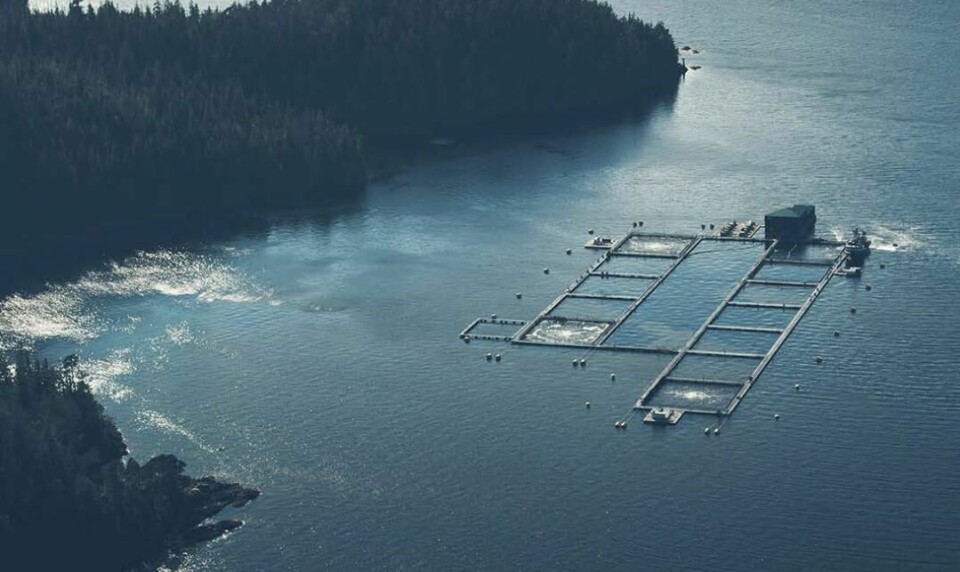
Grieg aims for 35,000 tonnes in British Columbia by 2025
Salmon farmer Grieg is targeting increased production of 35,000 gutted weight tonnes at its sites in British Columbia by 2025, despite uncertainty about whether licences for its sites in BC will be renewed later this year.
The increase will be achieved by growing bigger smolts at its Gold River smolt facility, which will reduce the length of time the fish are at sea and allow better use of Grieg’s 20 marine licences.
Seventy-nine BC salmon farm licences expire on June 30, and Canada’s fisheries and oceans minister, Joyce Murray, has so far ignored requests to say whether she will renew them.

Transition
There are fears that the ruling Liberal Party’s commitment to “transition” open-net pen salmon farming to another, as-yet-undefined method of fish farming will lead Murray to cancel the licences, although she is coming under increasing pressure to renew the licences from BC politicians and First Nations which benefit from the industry. Some other First Nations oppose fish farms, believing that they are a source of sea lice and disease that harm wild salmon stocks.
In its 2021 annual report published today, Norwegian-owned Grieg points out that its main farming areas in BC are operated under agreements with the Indigenous peoples who are the rightsholders of those territories, and is pursuing agreements with others.
The document includes an online link to a report by the Coalition of First Nations for Finfish Stewardship, which supports fish farming in its members’ waters.
Embracing technology
Grieg says it supports the federal government’s transition plan but it is interpreting what transition means it in a different way to those who want pens removed.
“We embrace new strategies and technologies to align with the government’s transition, such as keeping the fish longer on land and a shorter time in the ocean, or by introducing barriers around the farms to limit interactions between the fish and the environment,” states Grieg in its report.
“Such technologies not only reduce our impact on wild salmon and the environment, but also improve our biological control. Grieg Seafood is committed to be a constructive partner for the Government and Indigenous communities in the 2025 transition process, and to find a path forward that works for all stakeholders.
Investing in BC
“Our capital expenditures reflect our growth initiatives. In 2021, we spent NOK 105 million (Can $15m) in growth investments mainly related to the expansion of Gold River, in addition to NOK 26 million in regular maintenance investments. The smolt facility will be completed in 2022, and secure BC access to high-quality smolt.”
A harvest of 35,000 gwt is more than double the 14,448 gwt that Grieg Seafood BC harvested last year, and more than 50% above the 21,181 gwt harvested in 2020. Grieg’s harvest volumes vary significantly every other year in BC due to local production region arrangements and larger farms with greater capacity on the west coast of Vancouver Island compared to the east coast.
Overall, Grieg aims to increase production volume from 89,327 gwt last year to 130,000 gwt in 2025, with increases from its Rogaland and Finnmark divisions on Norway and 15,000 tonnes from Placentia Bay, Newfoundland, Atlantic Canada. Grieg has eight seawater licences for the bay and has built a hatchery in Marystown, NL. The first fish are due to be stocked in pens this year.























































